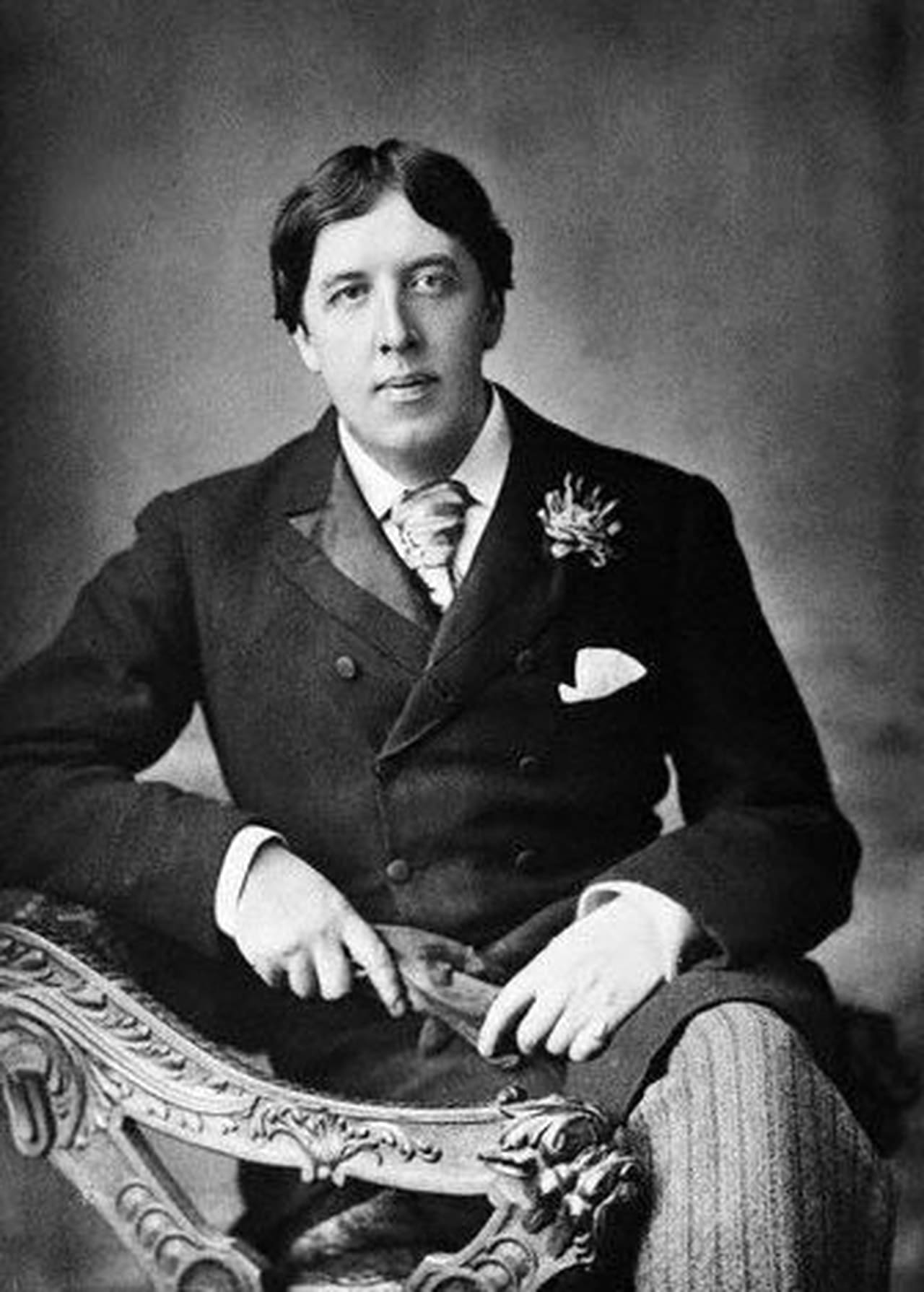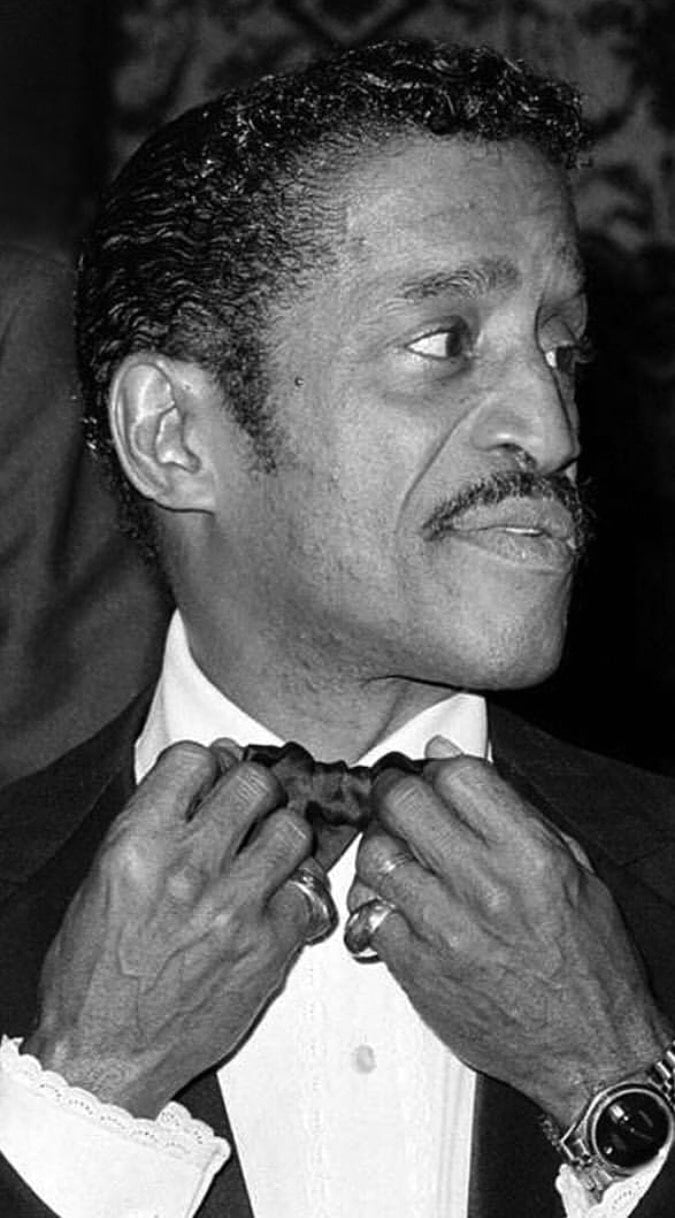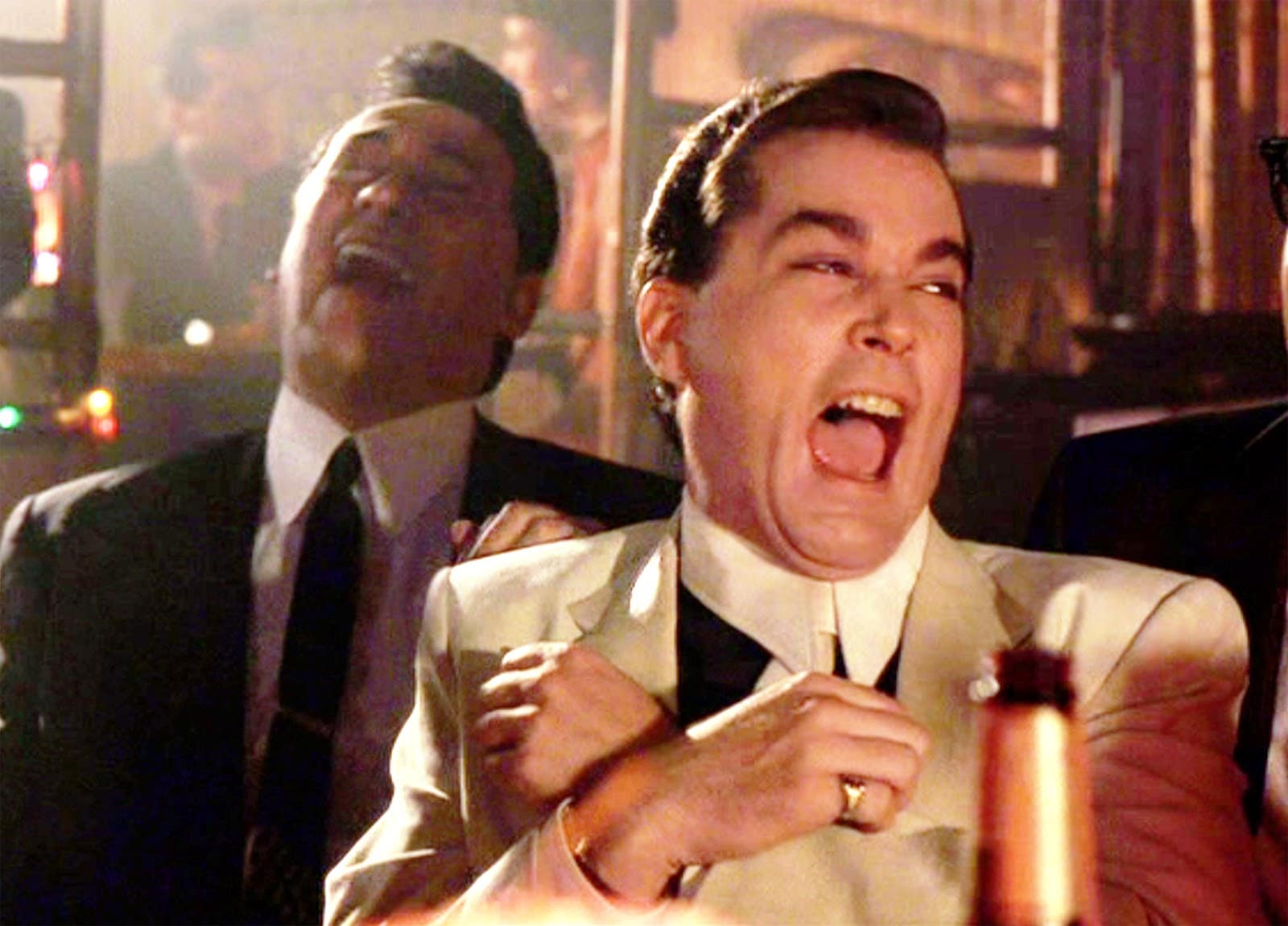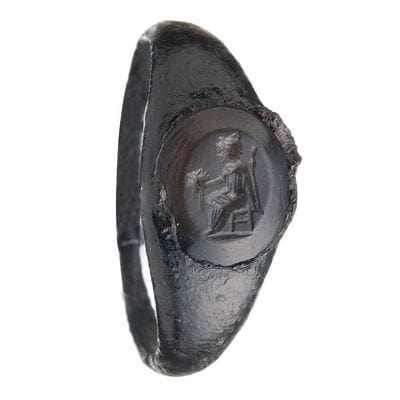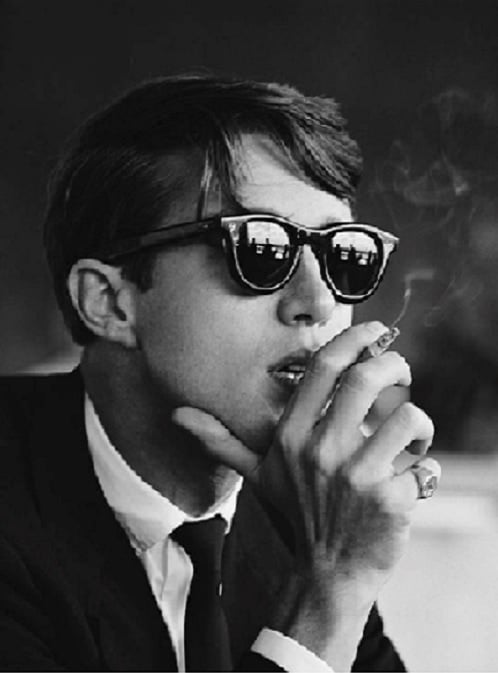Special: The Intriguing Power Of The Pinky Ring
There is something about the pinky ring. This small piece of jewellery casts a powerful message: a statement. It makes a man look and behave differently – more aware of his hand and its gestures. The pinky ring has accompanied so many historical and social settings, from royal to stray, from gangster to gay and from BC to TV. Here’s a tale about the hand’s golden tooth.
In a vintage Saturday Night Live scene, actor Joe Pesci (Raging Bull, Good Fellas, Casino, A Bronx Tale, Home Alone) is looking for a new pinky ring at ‘Armonte’s Pinky Ringery’. He tries on a few while under supervision of pinky ring gods Frank Sinatra and Dean Martin from the wall behind. Without a word, Pesci performs several short acts in the mirror: recognizable wise guy mannerisms and gestures that would have made even Mother Theresa look gangster. It is in this way of doing, that the pinky ring adds ‘a little sumthin sumthin’ or even a touch of violence to some men (members of the mafia who had killed people traditionally wore them as pictures taken between the 1940’s and 1990’s show). Pesci hits the right spot: the pinky is primarily associated with (wannabe) mobsters. On the other hand, pinky rings were preserved for higher social classes from British royals to American college graduates and military officers.
Seal or signet ring
The pinky ring came forth through the ages as a seal or signet ring. It was born several ages before Christ and time travelled through Roman Empires, Egyptian kings and queens, Persian civilisations, medieval church leaders and Baroque castle builders alongside technical progression. Eventually, it landed in our times on today’s royals’ hands – royals traditionally inherit seal or signet rings. Until the 20thcentury, the signet ring was not at the pinky. It was worn on the index (before Christ) and later on the ring finger. Since these seals passed on from generation to generation, it may be so that some started wearing it at their fourth, because it did not fit their third. British Royals, however, seem to have always worn the seal on their pinkies.
Oscar Wilde
It is possible that non-royals who ended up in higher social classes (artists, musicians, actors, tailors, business men, sportsmen) somehow adopted the pinky ring for fashionable or social reasons as it was viewed as adding some sophistication, wealth and upper class style to their personas. Media could also have had a role when pinky rings became popular in the early 20th century. A picture of the famous writer and poet Oscar Wilde shows him wearing a large pinky ring. Wilde lived between 1854 and 1900, was a well-known dandy, and had friends in high places.
Princes and Dukes
Prince Charles is a perfect example of how British Royals wear their pinky ring (and after marriage, the wedding ring is added to the same finger). His sons do not wear such rings, but his father did and the Duke of Windsor did also. There aren’t many royals in the USA, but they certainly have their ‘upper class’. Here, the pinky ring is connected to college graduation, and with that, to higher social layers and professional connections. The Royal British version is a signet ring with a family crest engraved; the American college version bears a college related sign. Prince Charles as well as his father, the duke of Edinburgh, wear pinky rings. In our time, it is quite a British phenomenon; other royals in Western Europe, do not wear them.
Class Rings
In the US, seal or signet rings are symbolic in another way. The so-called ‘class rings’ serve as a record of achievement and time capsule for memories. There is a similar ring for students and alumni to commemorate their graduation for high school, college or university. Some bear a large stone in the centre, with text around it. This reward is presented during a ring ceremony. However, these are not pinky rings. Class rings are worn at the ring finger and can be seen as a descendant of the signet ring. So far, signet rings are mainly related to institutions such as educational (College), associations (clubs) , military (Royal Naval Reserve) or family crests (Coats of Arms).
The Rat Pack
But the pinky ring also does very well in show business. Frank Sinatra, Dean Martin and Sammy Davis – The Rat Pack – advertised their pinky rings for decades, on and off stage. The same goes for Elvis Presley and James Brown to name but a few. Modern pop and movie stars like Pharrell Williams, Jay-Z, P-Diddy and Robin Thicke also wear a ring at their fourth. It just goes well with a glass of bourbon in the same hand and preferably with huge chunky rings bearing a humongous stone and more or less mixed-up with subcultural clothing styles. The pinky adds something special, but what and how? Is it the masculinity of independent men enjoying a free life, rejecting obligations and marriage? Is it the sign of absolute power or brisk attraction? Or is it the utter sign of sophisticated excellence in blood, college, army, navy, business, style, bank account or underworld violence?
Wise Guys
Besides the modern day upper class connection, the pinky has been clearly present in underworld as depicted on the wide screen. A pinky made Christopher Lee’s version of Dracula aristocratical evil (he had a castle, you know), but it becomes even more fearful as the preferred jewellery of ultraviolent wise guys, mobsters, drugs dealers and hitmen. Pacino’s Michael Corleone wore his pinky ring with classic style, like a 1940’s Italian gangster should, dressed in the best silk suits and ties and Borsalino hats. The pinky also does very well on Mr. White (Harvey Keitel) in Reservoir Dogs and Tony Soprano (James Gandolfino) in The Soprano’s and it perfected the style of the romantically doomed Frank Rosenthal (Robert de Niro) in Scorsese’s Casino. Henry Hill, a role by Ray Liota in Scorsese’s Goodfellas, makes the pinky a shiny warning of danger and unpredictable violent behaviour. Just check some pictures of (movie) gangsters and think about how they would look without their pinky; it’s as if they’d walk the pavement barefoot! The relatively small thing at the smallest and most hidden finger has a tremendous surplus value to whatever you are – a poet, a thief, a killer, a tailor, a singer, a gangster, a dealer, a player. It depends on the beholder if this surplus value is a positive thing…
Historical facts
Rings have always been special to human kind. No other self-decorations are so personal and no other decoration generates a more powerful atmosphere of mystery and magic than the ring. Most cultures have their tales of mystic rings (mystic tales seldom are about a brooch or necklace). Perhaps it is the unequalled antiquity; the ring is one of the earliest permanent decorations adopted by primitive man. The first rings were made of bone, stone or other ornamental materials, but the rise of metal technology enabled the ring to become a universal art form.
Before Christ
By the end of the 4th millennium BC, metalworkers of western Asia were already masterful metal workers. By 3000 BC techniques were still experimental, but by about 2500 BC, goldsmiths of Egypt and eastern Asia had little left to learn. The development of the ring went along the early need to ‘extend one’s influence beyond immediate reach’; the need for a personal seal was born. The obvious form for this was a ring that could be worn all the time and used without removing it from the finger. The seal was inscribed with the sign of its owner (initials, name or a non-script sign representing its owner). In the 4th, 3rd and 2nd millennia BC, most (men’s) rings were seal rings (early signet rings) with script or with pictorial/ emblematic motifs. The oldest known seal rings are from Egypt, Iran, Syria, Palestine, Babylonia, Turkey, Sardinia and Persia.
Technical revolution
Rings developed further through time hand in hand with the technical revolution, the development of tools and material-use. They kept their symbolic power and even today rings represent a strong means of non-verbal communication. For men, the seal ring has always been the most important ring, albeit amongst a secluded (wealthy, powerful) part of the population. The symbolic importance of at which finger the ring is worn, is also interesting. There are too many different explanations to be definite, but fashion demanded that rings were worn on different fingers in different eras. The ring finger has always been the finger ‘connected directly to the heart, but the symbolism of the little finger varies.
The pinky ring for men as we know it today – no other rings on other fingers – came into fashion in the 19th century. Men wore rings on their smallest finger in earlier times, but most of the time with other rings on other fingers. All kinds of men wear a pinky ring and in our days it is more a means of distinction or style, although it has never really been in mainstream fashion during the last several decades. It is, as it probably always was, an intriguing extension of one’s personality – be it aristocratic, intellectual, artistic, royal, criminal or religious – it’s all in the pinky.

